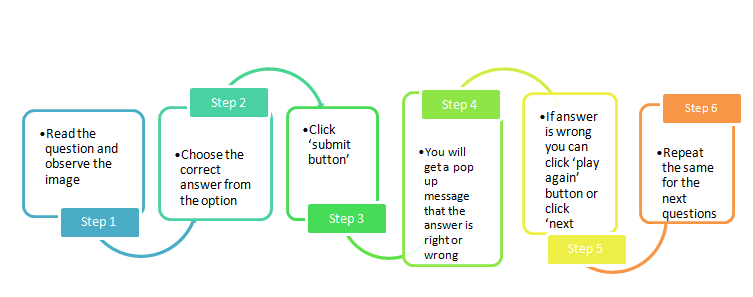

Subject-verb agreement
In Subject-verb agreement whatever grammatical person and grammatical number the subject has, the same must be true for the verb.
The Sanskrit language follows the subject-object-verb word ordering but does allow for multiple types of sentence formulations, particularly in the sutra form.
There are three principal numbers used in the inflection of the Sanskrit language. These are singular (1 thing), dual (2 things), and plural (many things).
Ex: The boy is reading a book - बालकःपुस्तकम् पठति|
In the sentence “girl” is the “Subject”, “reading” is “Verb” and the “book” is the “Object”.
The girl (बालिका ) is reading (पठति) a book. (पुस्तकम् )
| Subject | | Verb | | object |
“who is reading?” – “the girl”. So, the “girl” here is the Subject. It is also called the “Noun”. The answer that comes in response to the question “what is the girl doing?” is “reading”. The “reading” here is the “Verb”. Similarly, the answer to “what is the girl reading?” is “book”. The “book” becomes the “Object”.
Now that we have understood the basic elements of a sentence, we will begin with more details aboutthe Sanskrit language.
These are the Sanskrit words used to express the following terms:
Subject is called ->कर्ता / Karta
Object is called ->कर्म / karma
Verb is called ->क्रिया / kriya
Transitive Verb is called ->सकर्मक / sakarmaka
Intransitive Verb is called ->अकर्मक / akarmaka
Hence, we can understand from the above statements:
The girl(बालिका) is reading (पठति) a book. (पुस्तकम्)
| Subject | | Verb | | object |
| कर्ता/karta | | क्रिया/kriya | | (सकर्मक / sakarmaka) कर्म/karma |
In all languages, a sentence is made up of multiple words composed in a well-defined structure giving a sensible meaning to the sentence. These words can be categorized into three different types.
Some examples:

2.शिक्षकःपाठयति -The teacher is teaching.

3. बालिकालिखति - The girl is writing.

4. अहंसुंदरंपुष्पंपश्यामि - I am looking at a beautiful flower.

5. युवतिःनृत्यति -A young girl is dancing.

HOW TO PLAY
